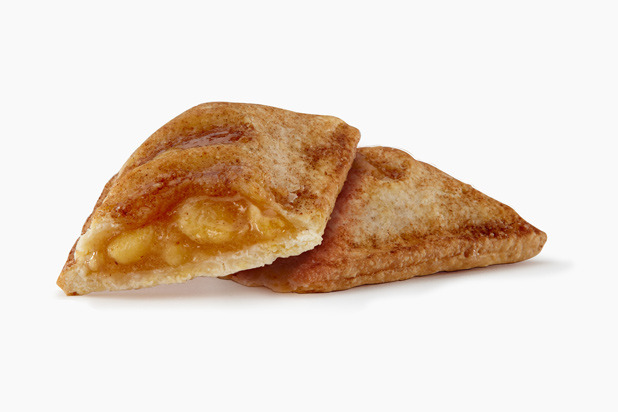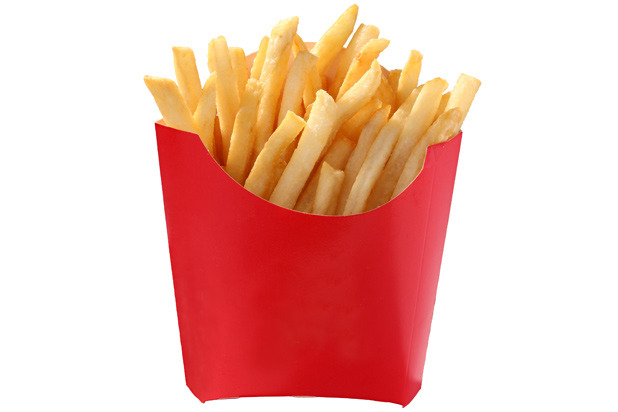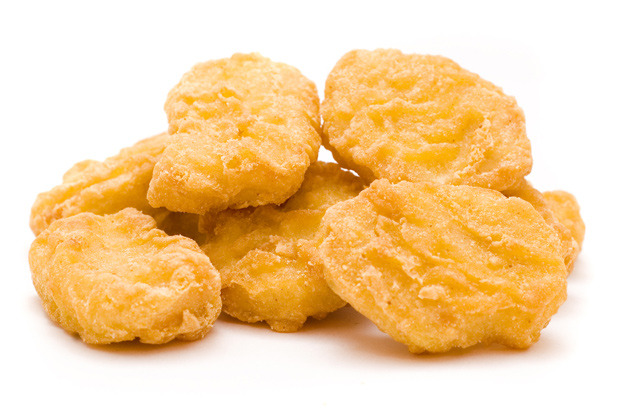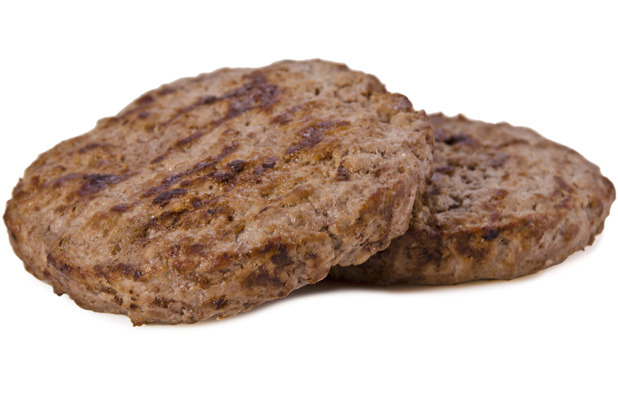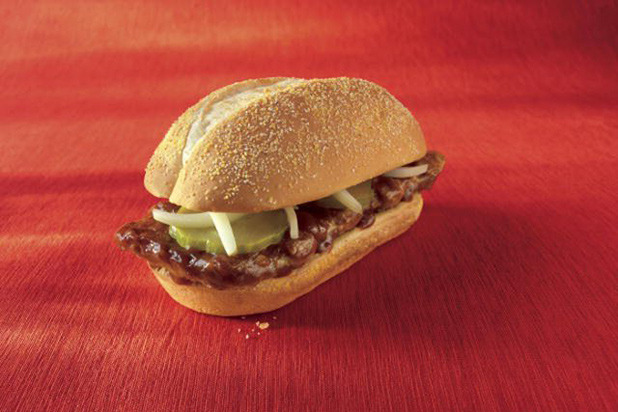What's Really In Your Fast Food? (Slideshow)
We'll start with the bun, the most seemingly innocuous item on a fast-food menu. Just bread, right? Well, not really: While a Big Mac's bun's main ingredients are enriched flour, water, high-fructose corn syrup and/or sugar, yeast, and oil, chemical additives include ammonium sulfate, which is most commonly found in fertilizer, and azodicarbonamide, a foamed plastic stabilizer that has been banned in Europe for potentially causing asthma (and in Singapore, using it in food will earn you a $450,000 fine and 15 years in jail!).
Pies
L-cysteine is an amino acid that's also used as a dough conditioner, and is listed as an ingredient in McDonald's pies. While it's processed enough that it's far removed from its original source, its original source is still an unsettling one: duck feathers. Well, at least it's better than another common source of the additive: human hair.
Chili
Wendy's chili contains many ingredients that you'd expect a chili to have: beef, tomato, beans, vegetables, and spices. But there's one ingredient at the very bottom of the list that's a little odd: silicon dioxide, an anticaking agent. Silicon dioxide also goes by another name: sand.
Fried Foods
Run a search for "dimethylpolysiloxane" on the McDonald's ingredients page and the chemical will show up 35 times, in every fried food they sell as well as, oddly enough, Dr Pepper. But it's not just McDonald's: just about every fast-food fry-o-lator contains the chemical, which is a type of silicone used in cosmetics and even Silly Putty. Its main purpose is to keep oil from foaming. The vegetable oil at McDonald's is also dosed with a bit of tertiary butylhydroquinone (TBHQ), a petroleum-based preservative.
Chicken Nuggets
If you think the chicken in your chicken nuggets is 100 percent natural ground chicken breast, think again. A recent study tested two fast-food chicken nuggets, and found that the first nugget was only half muscle; the rest was fat, blood vessels, nerves, and cells that line the skin and internal organs. The second fared even worse: 40 percent meat, 60 percent fat, cartilage, and bone. Sounds delicious! As for McDonald's Chicken McNuggets, we know that only about 50 percent of it is actual chicken. The rest is corn derivatives, sugars, leavening agents, and synthetic ingredients.
Hamburger Patties
Aside from the fact that one fast-food hamburger patty can contain meat from more than 1,000 individual cows, a study looked at meat from eight different hamburger brands and found that actual skeletal muscle made up only 2.1 percent to 14.8 percent of the patty. So what else is in there? Connective tissue, blood vessels, nerves, adipose tissue, plant material, cartilage, bone, and in two hamburgers, intracellular parasites. And don't forget about the now-famous pink slime, which has now been largely eliminated from fast food but contains cow intestines, connective tissue and other parts, and other unpleasantness.
McRib
The cultish McRib is a wonder of science. Aside from looking like this before it's cooked, it's been found to contain more of that foamed plastic stabilizer azodicarbonamide, as well as something called "restructured meat," which contains pig hearts, tongues, and stomachs. Snout-to-tail cooking at its finest!

